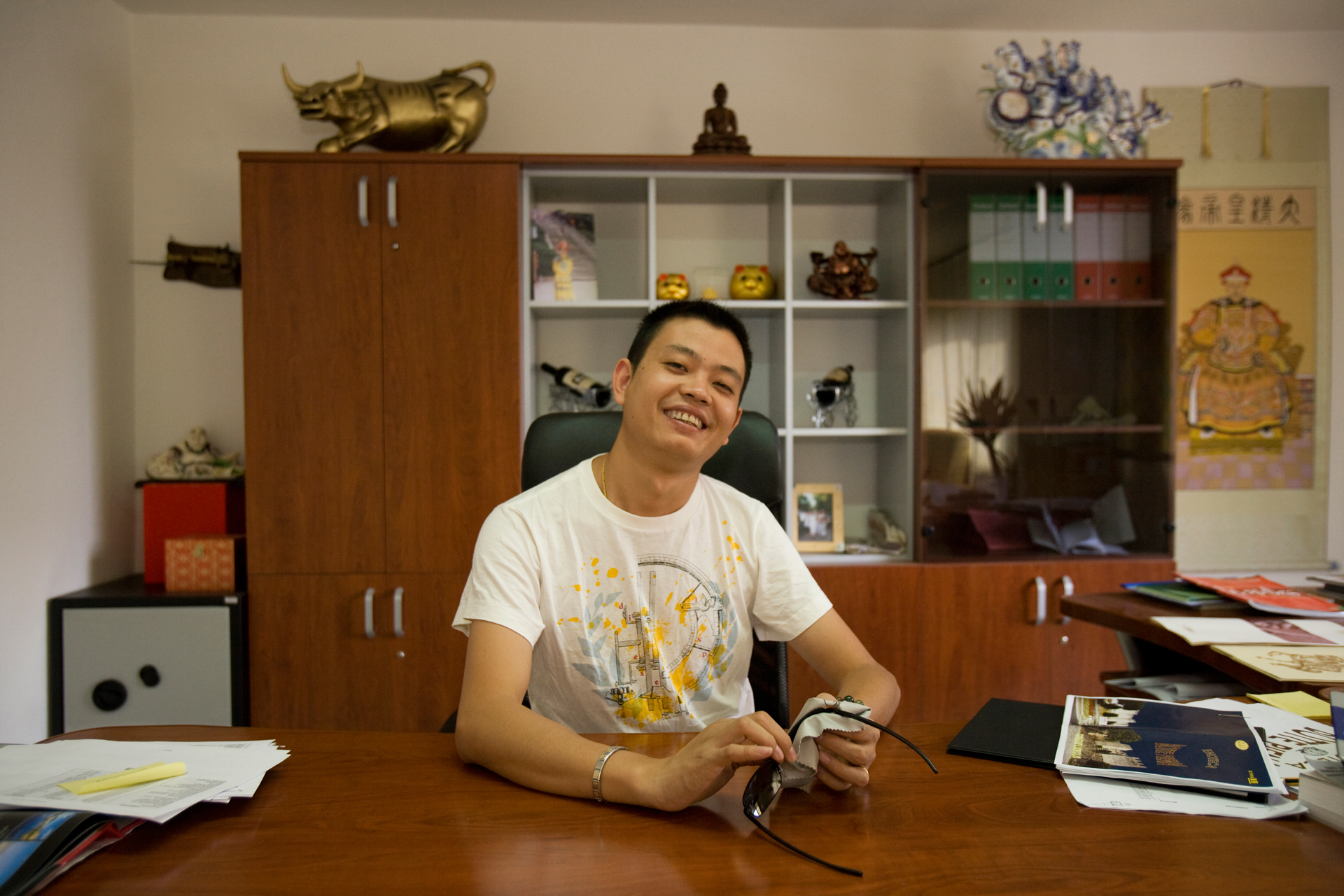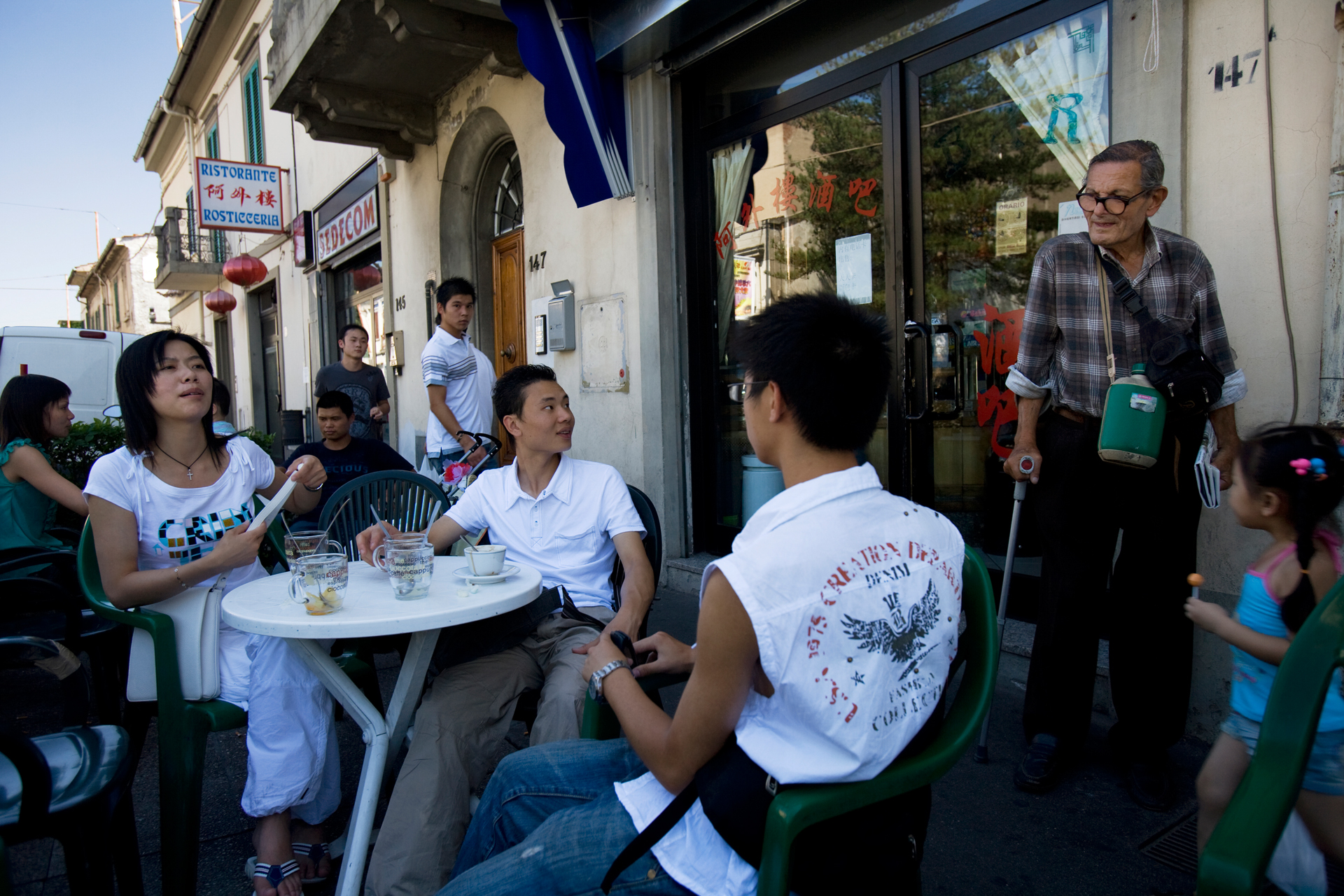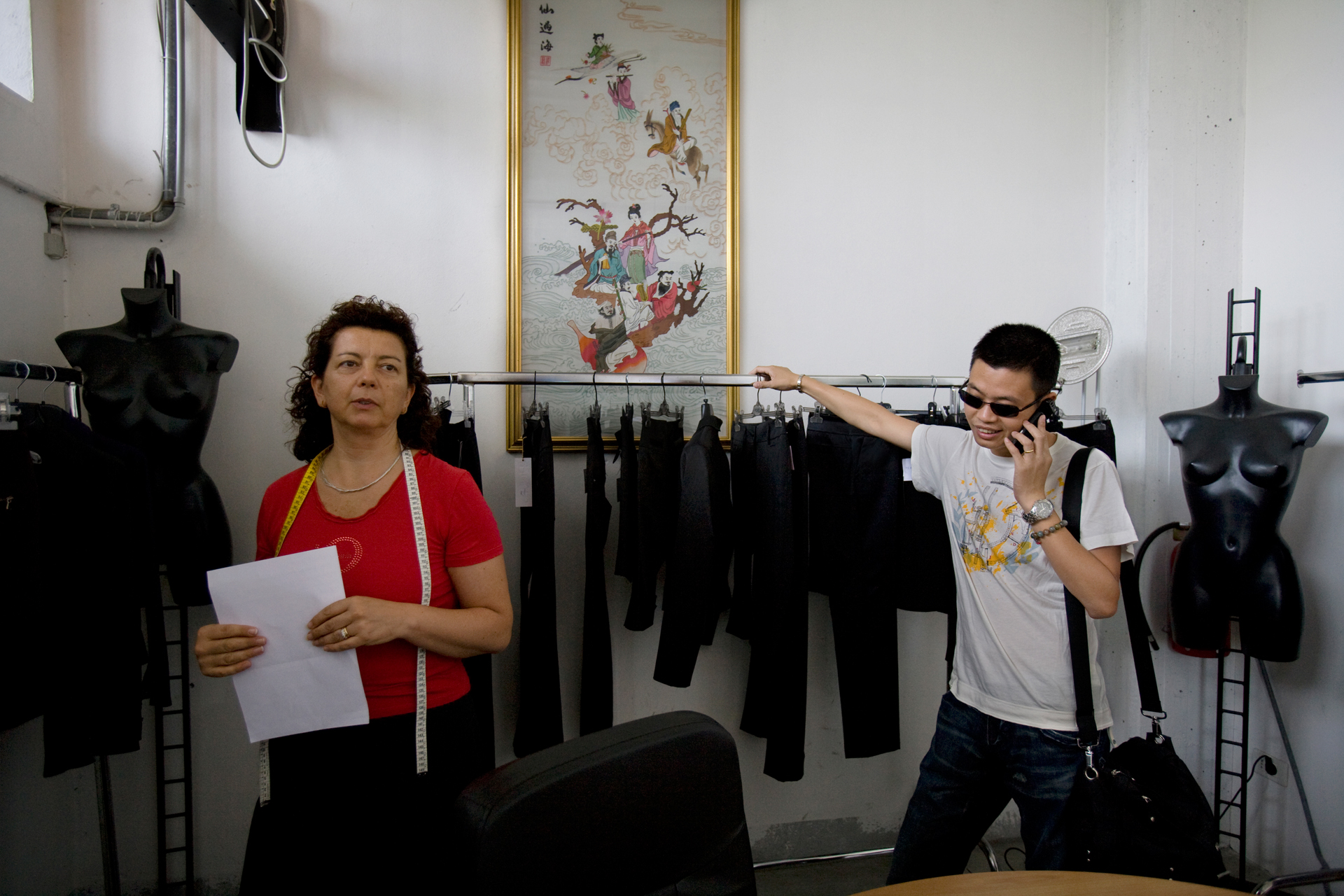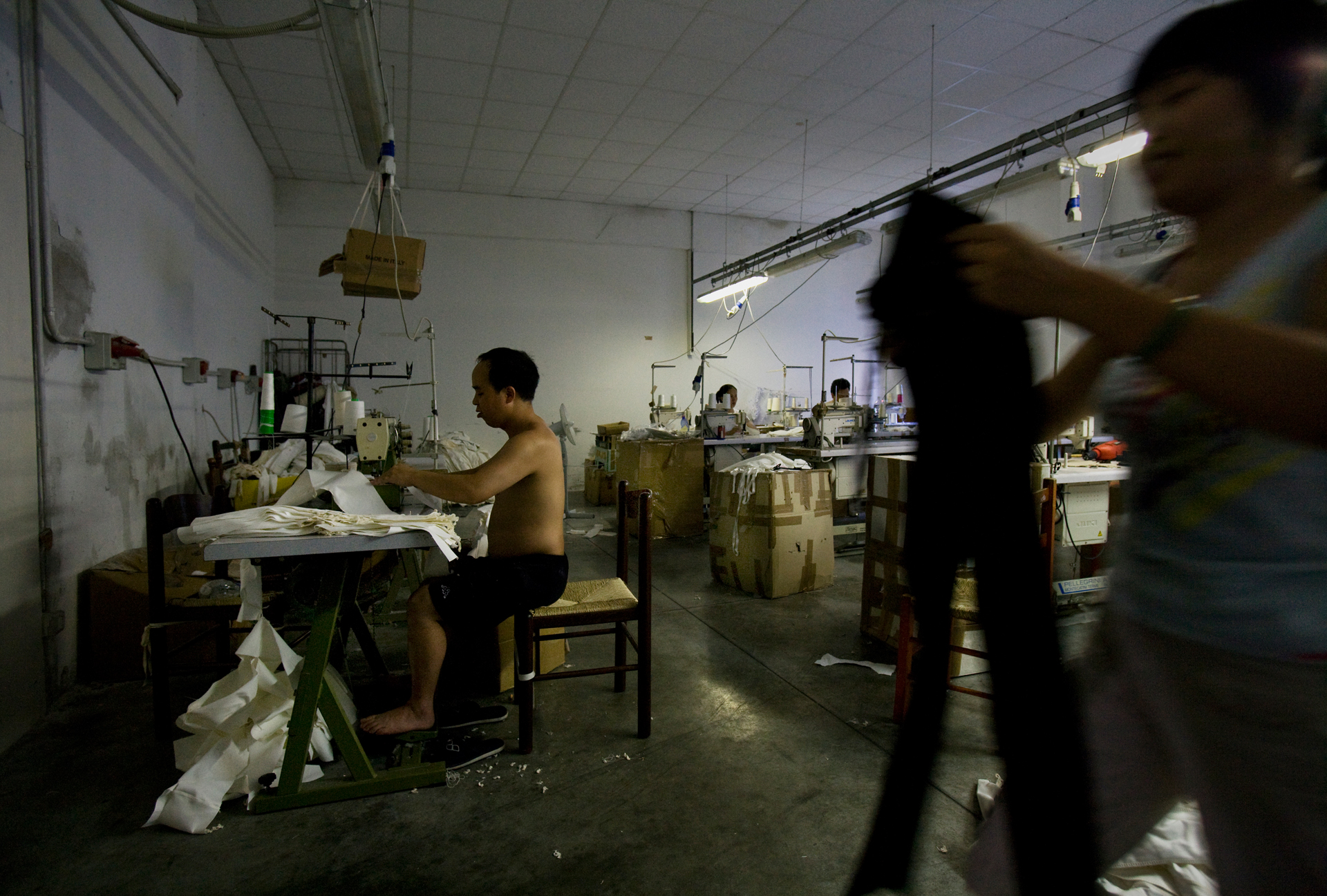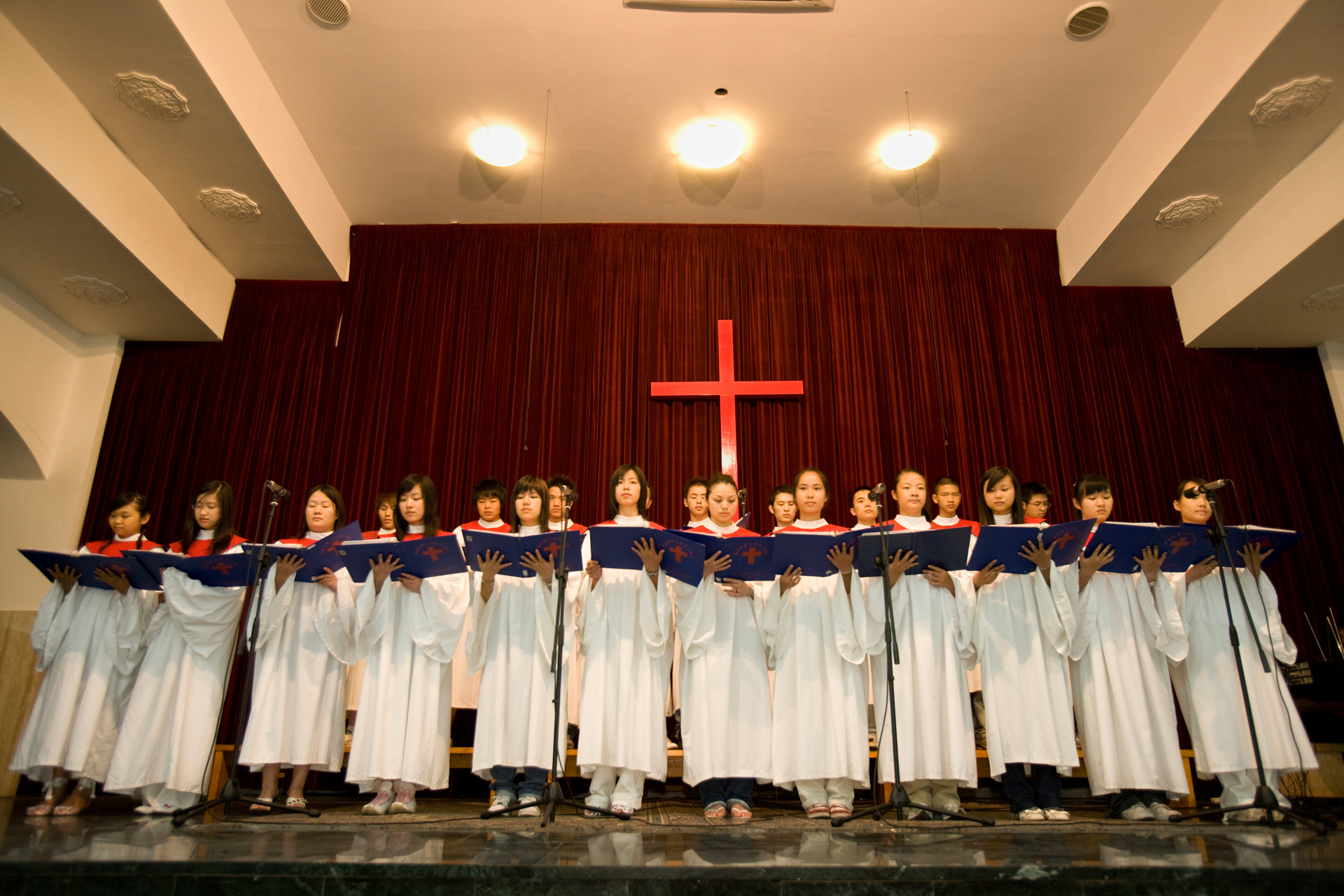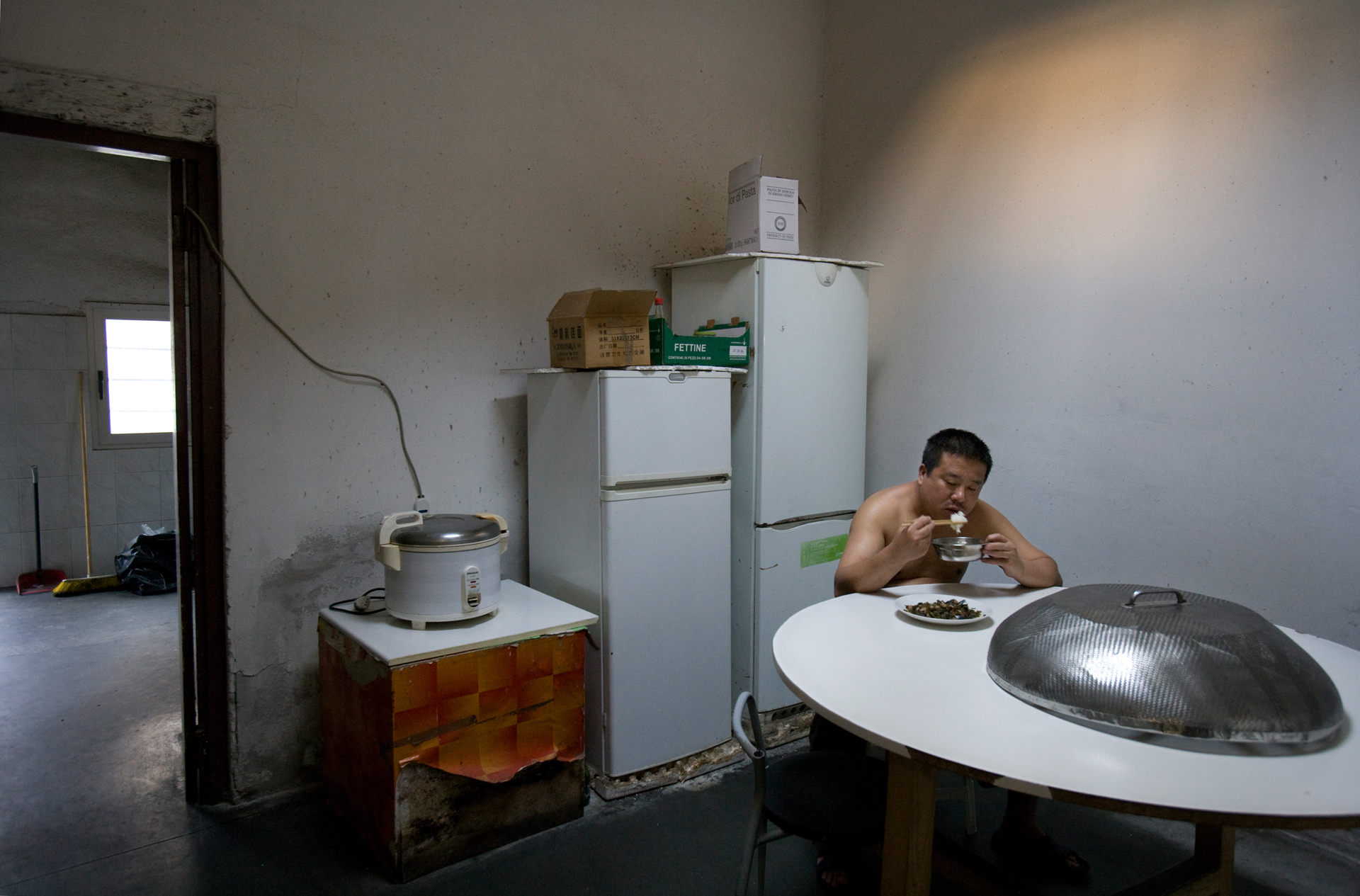As production gets cheaper in mainland China, the threat of competition to western economies grows. But for one Tuscan city, Chinese laborers exported to Italy are creating the competition. Since the Middle Ages, Prato has been famous for its production of fabrics – a flourishing industry with a strong influence on the economic and social development of the entire area – until recently.
First, efforts to reduce costs led to some Asian immigrants being hired for factory jobs. Since then, thousands of Chinese cheap-laborers have stormed the town in the last decade and a half with the ambition to get rich quick, often at the expense of local Italians. Now the town serves as home for a new form of Chinese expansion. The Chinese are founding their own companies to produce low priced knock-offs of recent “Pronto Moda” (ready-to-wear) fashions boasting “Made In Italy” labels, which make them preferable to those of Asian competitors.
Known locally as St. Beijing, the Chinatown of Prato has been the mecca of what some residents call the “yellow invasion” since the early 1990s. Here, one can see the styles of Italian high fashion made with a traditionally Chinese approach in manufacturing; cheap labor and plagiarizing. Basic labor laws are avoided to be able to purchase tags that read “Made in Italy”. Sometimes working as long as 24 hours straight, sweatshop laborers sit in small rooms, often with their children, and sew and mend, and cut and measure in conditions that are considered illegal by European labor laws. As is symptomatic with globalization, cheap, efficient, and fast production is valued higher than the quality of treatment of the worker.
Today, clothing isn’t the only business where the Italians have competition in Prato. As a new waves of Chinese wash into Italy, even traditional Italian businesses such as wineries are becoming target for capitalizing. Prato has become a strange child of globalization. In fact, because of the boom of Chinese entrepreneurship, Prato would be left in danger economically if the visitors from the Far East were to go home. The streets are populated by two separate cultures that are very slow in learning to work with each other.


